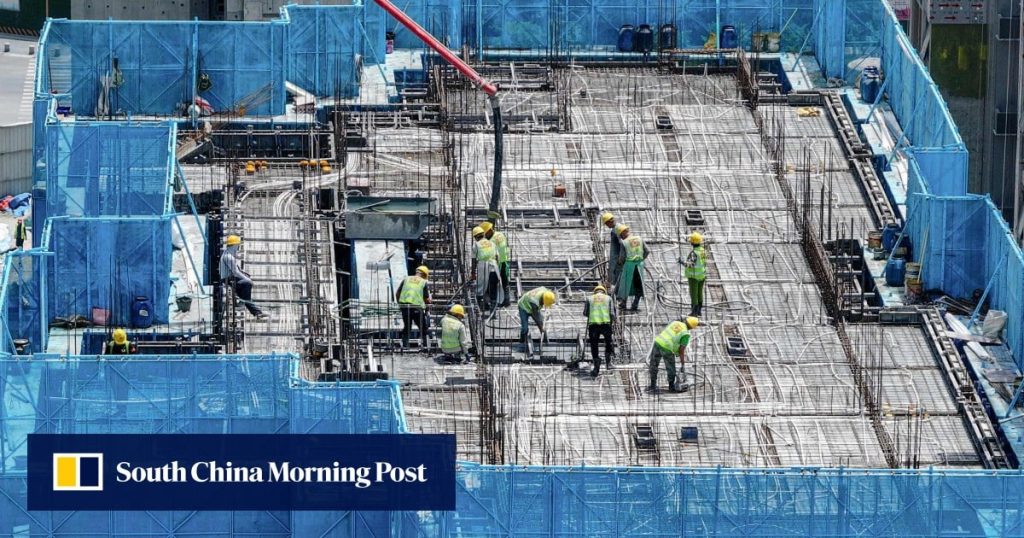This could significantly ease China’s annual aggregate demand, which is projected to halve by the middle of this century to a mass equivalent to 1,500 Great Pyramids of Giza.
“Our study indicates that with targeted support, recycled aggregate production could meet a sizeable share of future demand at reasonable recycling rates,” the team said in a paper published in the peer-reviewed journal Nature Communications last month.
Aggregates are granular particulates like sand, gravel and crushed stone, that form the main components of construction materials like cement and asphalt, used to build foundations, buildings, roads and railways.
They are the most extracted materials worldwide, making up half of all globally extracted materials, according to the team, which also included researchers from Britain, Norway and Germany.


